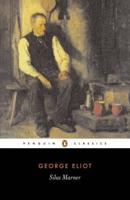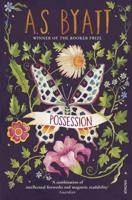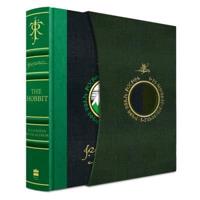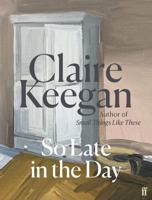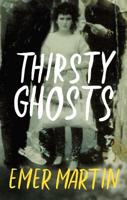Publisher's Synopsis
The Frozen Deep is an 1856 play, originally staged as an amateur theatrical, written by Wilkie Collins under the substantial guidance of Charles Dickens. Dickens's hand was so prominent--beside acting in the play for several performances, he added a preface, altered lines, and attended to most of the props and sets--that the principal edition of the play is entitled "Under the Management of Charles Dickens". John C. Eckel wrote: "As usual with a play which passed into rehearsal under Dickens' auspices it came out improved. This was the case with The Frozen Deep. The changes were so numerous that the drama almost may be ascribed to Dickens". Dickens himself took the part of Richard Wardour and was stage-manager during its modest original staging in Dickens's home Tavistock House. The play, however, grew in influence through a series of outside performances, including one before Queen Victoria at the Royal Gallery of Illustration, and a three-performance run at the Manchester Free Trade Hall for the benefit of the Douglas Jerrold Fund to benefit the widow of Dickens's old friend, Douglas Jerrold. There, night after night, everyone--including, by some accounts, the carpenters and the stage-hands--was moved to tears by the play. It also brought Dickens together with Ellen Ternan, an actress he hired to play one of the parts, and for whom he would later leave his wife Catherine. The play remained unpublished until a private printing appeared sometime in 1866.
The stories are linked by a narrative framework.
At the beginning and end of the book are "Leaves from Leah's Diary" William Kerby, a travelling portrait-painter, is in danger of losing his sight, and is required by his doctor to cease painting for a while. His wife Leah realizes that destitution threatens. He is a good story-teller, and Leah has the idea of writing down his stories and publishing them.
Each story has a prologue, which was added to the original story that appeared in Household Words.


